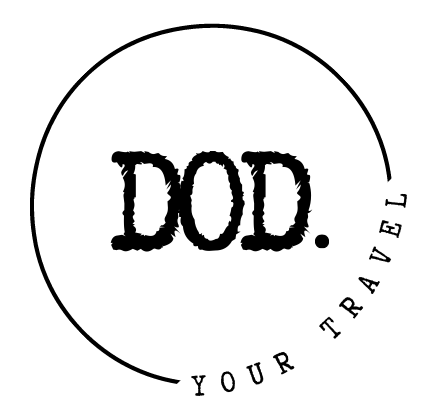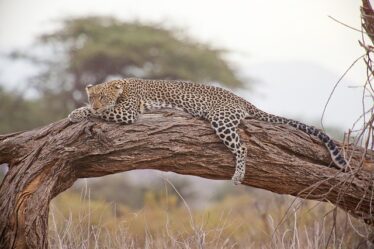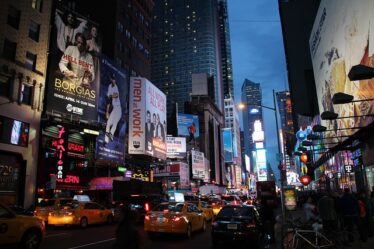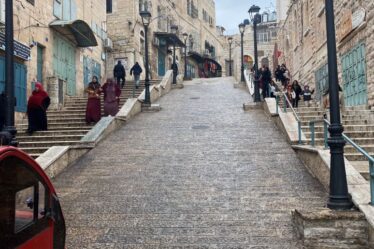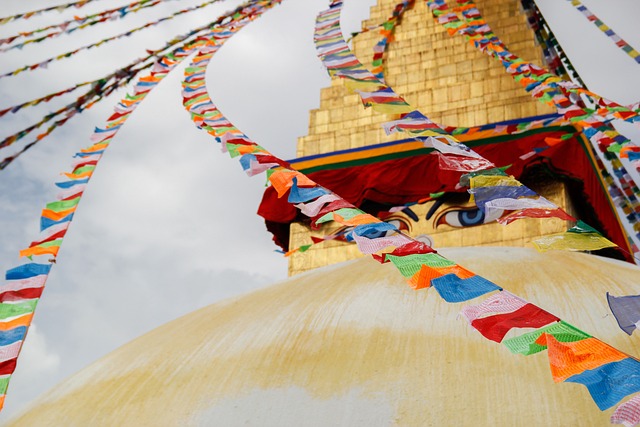
Kathmandu, the capital of Nepal, is a city full of cultural heritage, history and spiritual energy. In the chaos of the capital of Nepal you will find 6 beautiful monuments, UNESCO world heritage worth visiting, as well as other places of great interest. To explore the city of Kathmandu and its major attractions, we recommend spending at least 3-5 days. During this time you will enjoy the richness of the city’s temples, palaces and markets in comfort, while you will also be able to visit the nearby historic settlements.
I visited Kathmandu in July 2024. While in Alexandroupolis, Greece for summer vacation, I drove to Istanbul and from there flew to Nepal. The flight lasted 9 hours with a stopover in Kuwait. It was my 1st time flying alone to a faraway destination. It was an experience that taught me a lot, but above all that we create our own fears and we ourselves are the ones who prevent ourselves from evolving. This “project” was a big step for me, but it made me grow spiritually and I would do it again very easily.
After three days, I welcomed the rest of the team at Kathmandu airport, who arrived to join in experiences that will remain etched in our memories forever!
Now let’s see in detail what is worth seeing in the capital of Nepal, in the chaotic but at the same time beautiful Kathmandu, but also how you can combine all this in a 4-day program.
Day1: Kathmandu Durbar Square – Asan Bazar
Kathmandu Durbar Square
This historic center is one of the city’s most emblematic attractions. Here you will see impressive palaces, temples and buildings with traditional Newari architecture. Among the important attractions are the Palace of the Living Goddess (Kumari), as well as the Taleju Temple. This is a UNESCO World Heritage Site, and your visit here will bring you in touch with the rich history of the Kathmandu Valley. Entry for non-locals costs 1,000 Nepalese rupees.
Ιmportant info: In Nepal you will need to exchange currency. Their currency is the Nepalese rupee. 1 euro equals 150 rupees.

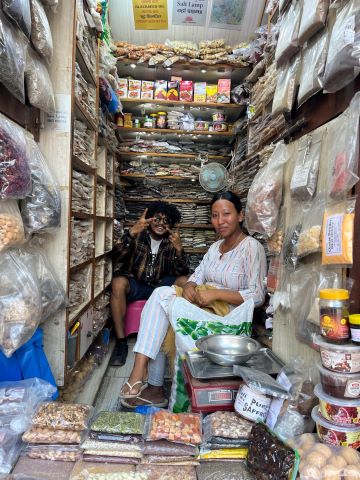
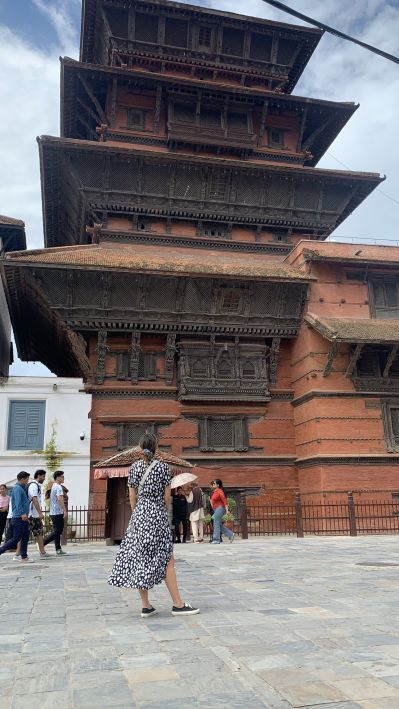
Asan Bazar
After exploring Kathmandu Durbar Square, you can head to the bustling Asan Bazaar. This traditional market is a place where locals do their shopping, filled with spices, fruits, vegetables, and everyday items. The smell and colors of the market combined with the local traffic give the authentic feeling of life in Kathmandu.
Day 2: Spiritual Centers and Temples of Kathmandu
Boudhanath Stupa
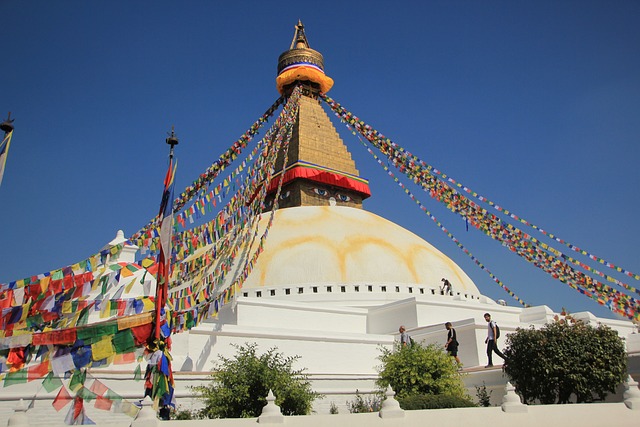
One of the largest and holiest Buddhist monuments in the world, Boudhanath Stupa is also one of Nepal’s most recognizable symbols and a UNESCO World Heritage Site. Its large structure and the energy of the space create a feeling of peace. Boudhanath is a pilgrimage center for many Buddhists from Tibet and the entire Himalayan region. There you will notice that the locals move in circles around the Stupa, while at the same time praying. The eyes of the Buddha high up at the top stare at you no matter which way you look. A monument that will embrace your soul, you will be enchanted and you will want to return. Personally, I managed to visit the Buddha stupa 3 times. I paid 400 rupees on my first visit, I kept the receipt so I didn’t have to pay again.
Pashupatinath Temple
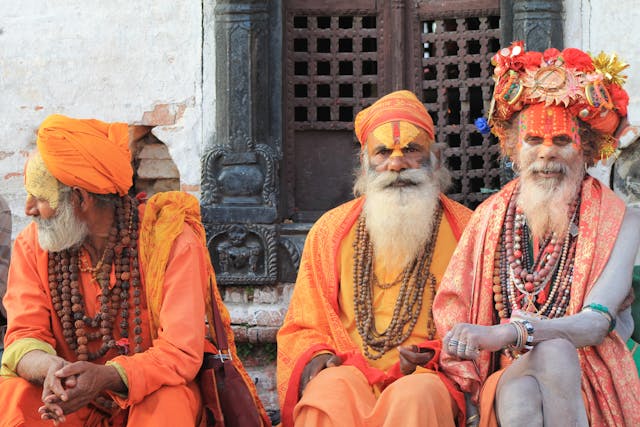
The Pashupatinath Temple, dedicated to the god Shiva, is one of the holiest Hindu temples in the world, as well as a UNESCO World Heritage Site. It is located on the banks of the holy Bagmati River and is known for the cremation rituals that take place there. Although non-Hindus are not allowed inside the temple, you can enjoy the atmosphere and rituals from outside. You will need to spend around 1.5 – 2 hours to walk through this temple complex. Entrance for tourists is 1,000 Nepalese rupees and if you need a guide (they come and find you, don’t worry about that), the charge is about another 1,000 rupees for about 2 hours.
Monkey Temple (Swayambhunath)

Another important Buddhist temple, a UNESCO World Heritage Site that you must visit is Swayambhunath, also known as the Monkey Temple because of the monkeys that roam the surroundings. The temple offers panoramic views of Kathmandu and is equally important to Buddhists and Hindus. The history of the temple goes back thousands of years and is one of the oldest religious monuments in the Kathmandu Valley. Entry here costs 200 Nepalese rupees.
Day 3: Tour of the Ancient Kingdoms of Bhaktapur & Patan Durbar Square
Bhaktapur Durbar Square
Take a full day to explore the city of Bhaktapur, about 30 minutes outside of Kathmandu. This city, also a UNESCO World Heritage Site, is famous for its well-preserved medieval architecture. Its central square, Bhaktapur Durbar Square, is home to some of the most well-preserved palaces and temples in the region. The Palace of 55 Windows and Nyatapola Temple are some of the must-see spots. The cost to enter here is 1,000 rupees. We think that in this ancient city you will need a tour guide to explore it properly (they come and find you, don’t worry about that). Do not miss to visit the square with the infinite ceramics “Pottery Square”, the school of Fine Arts “Lama Thanka Center”, as well as to do a free healing treatment at “Nepal’s Handmade Singing Bowl Centre”.

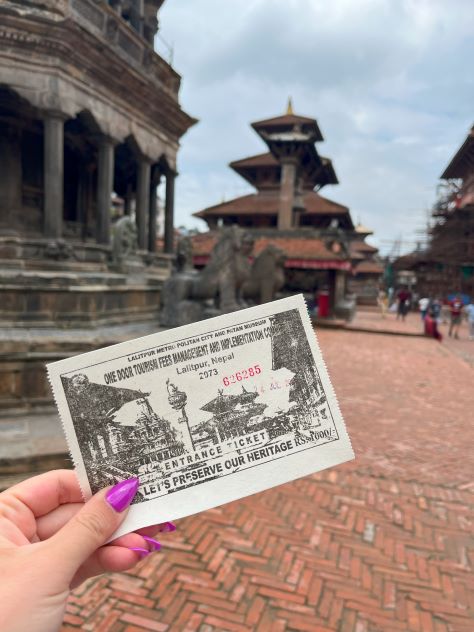
Patan Durbar Square
Patan’s Durbar Square, a UNESCO World Heritage Site, is one of the three major Durbar Squares in the Kathmandu Valley. Patan, also known as Lalitpur, has a long history of art and architecture. The area is full of temples, museums and palaces with intricate designs. It is worth visiting the Patan Museum which houses exhibits with Buddhist and Hindu works of art. Entry for non-locals costs 1,000 Nepalese rupees.
Day 4: Spiritual Search and Purchase
Kopan Monastery
For a more peaceful and spiritual experience, you can visit the Kopan Monastery, one of the most famous Buddhist meditation sites. It is an ideal place to learn more about Buddhism and take a break from the hustle and bustle of the city. The monastery is located on a hill overlooking Kathmandu, offering a place of peace and self-awareness. Entrance to the monastery is free and open to the public until 16:00. Navigating is very easy and the monks are very approachable and available to give you any information you need.
Kopan Monastery is known for promoting Tibetan Buddhism and offers various education programs, including a school for children of needy families. The monastery also organizes courses and retreats, covering topics such as Buddhist philosophy and meditation techniques, enabling participants to deepen their spiritual development. Visitors can participate in daily prayers and activities that promote awareness and empathy while enjoying the beautiful views of the area. To obtain more information about dates, costs and conditions of participation, visit website of the monastery or contact them directly via email.
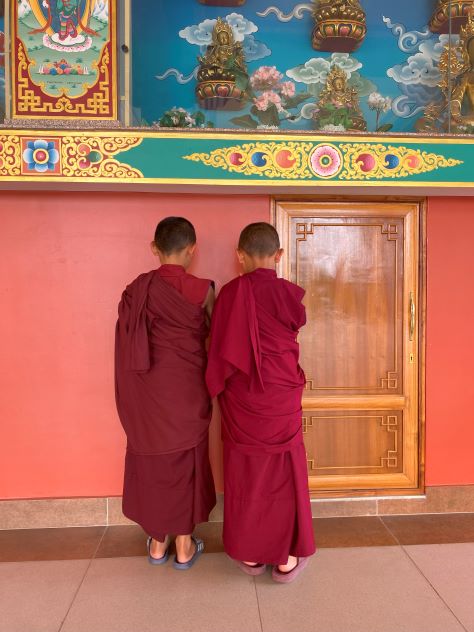
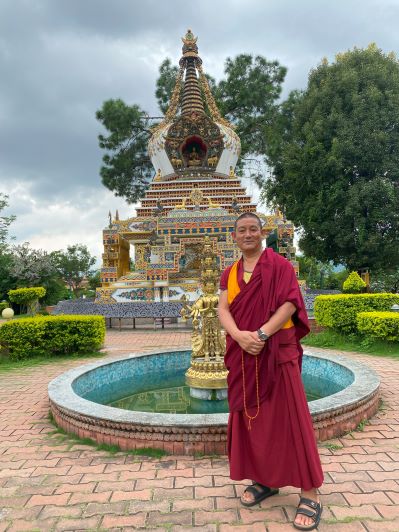
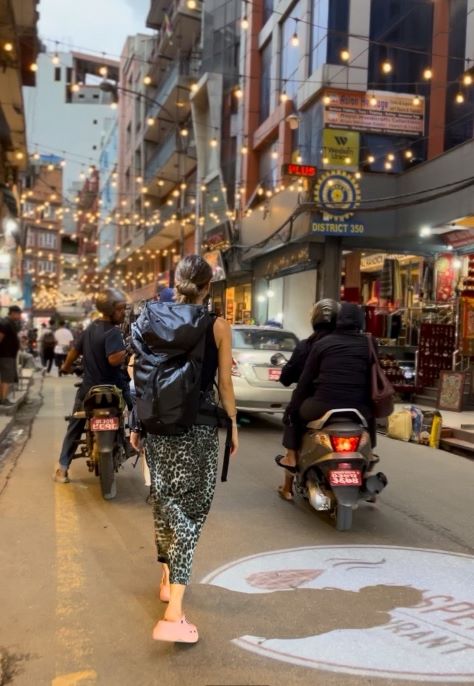
Thamel Bazaar
To end the day with, you can relax in the famous Thamel district, which is known for its restaurants, shops and multicultural atmosphere. In Thamel you can buy souvenirs, clothes (especially sportswear and mountaineering), handicrafts and traditional items, while there are many cafes and restaurants that offer local and international tastes.
Note: Our favorite sportswear store in Thamel is the Ocean Trekking Gear where we bought North Face mountaineering clothing at unbelievable low prices. Our favorite café-restaurant for breakfast, lunch, and dinner near Thamel is “Mitho Restaurant.”
How to get around Kathmandu
Kathmandu has quite long distances, but the most important thing is that it has a lot of traffic, so you need twice as much time as you think, to get where you want to go. The best way to get around is by taxi. There are taxi vehicles as well as motorbike taxis which are very economical. However, we would not recommend the motorcycle for commuting, as you will be shocked with their driving skills. When you find yourself on the roads of the capital of Nepal, it will cross your mind (exactly what happened to us), that they live by luck.
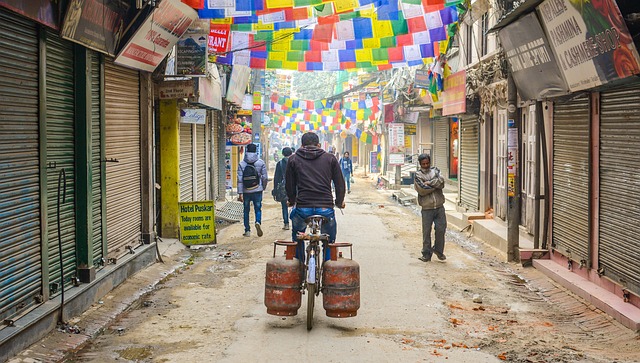
So prefer a taxi vehicle, which is safer and very economical. It goes without saying that you will agree in advance on the price you will have to pay. A distance of 20-30 minutes costs around 3.50 euros, otherwise 500 rupees. One taxi app that I used a lot during my first few days walking around Kathmandu is “Pathao”. Keep in mind that through the app you call the taxi, which comes quite fast to your location, but the pre-arranged payment is made in cash directly to the driver.
Kathmandu is a destination that combines spirituality with history and culture. A stay of 3-5 days is enough to explore the main attractions and experience this enchanting city. With historical monuments like Durbar Squares, spiritual centers like Boudhanath Stupa and Kopan Monastery, lively markets of Asan and Thamel, Kathmandu will fill you with unforgettable memories!
After completing our exploration in Kathmandu we were ready to depart for Pokhara, the gateway to the Himalayas, to enjoy the natural beauty of this country and joining a 4-day climb in the Himalayas.
See more about our trip to Kathmandu at highlight stories #KATHMANDU on Ιnstagram
